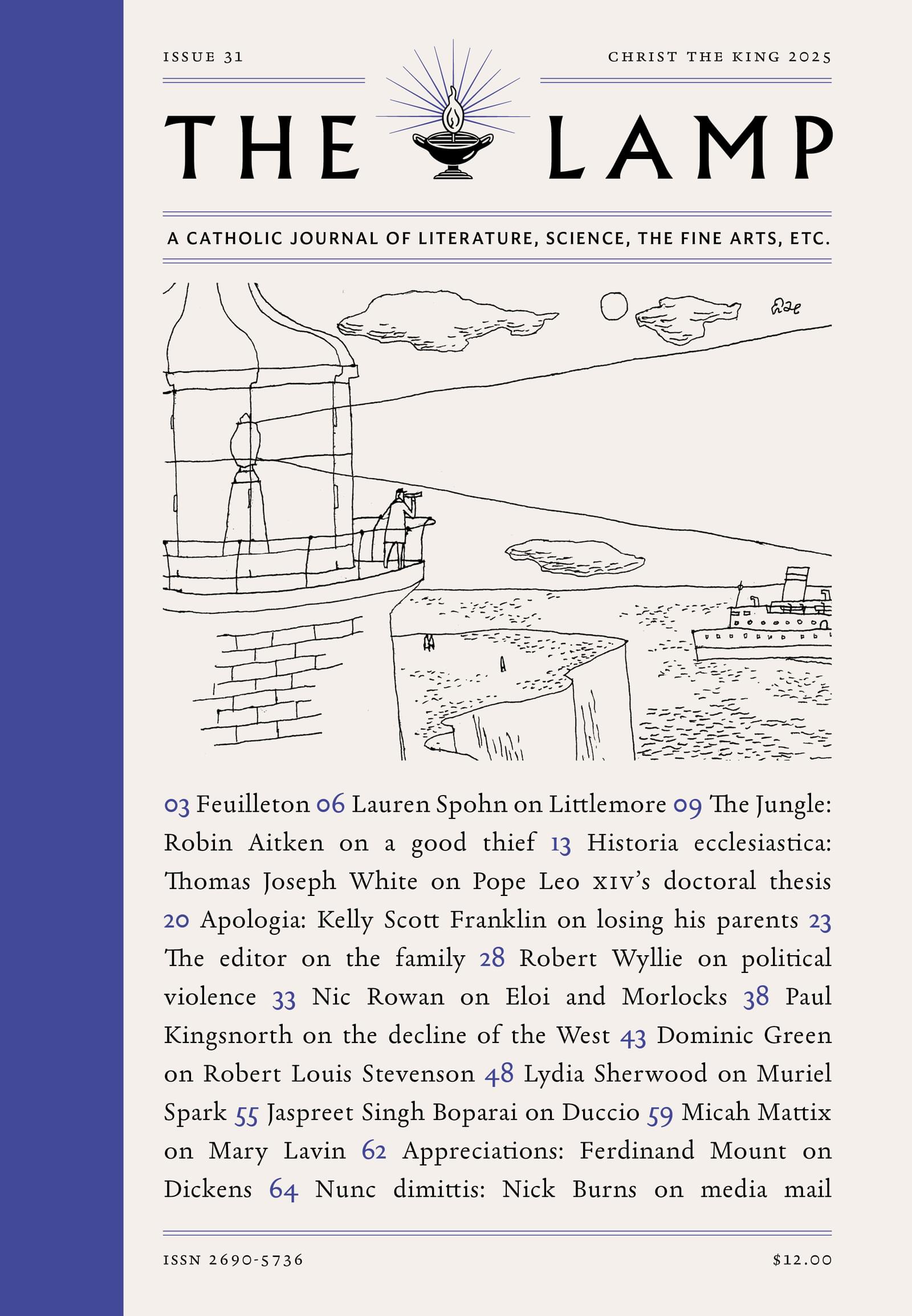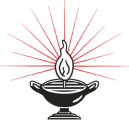It was roughly twenty years ago, just before a college exam, when I got a call from my dad. “I’ve got someone here who wants to talk to you,” he said. A gruff, familiar voice came over the line:
Your dad tells me you’re studying for your finals, Brother, and I just want you to know the Hulkster is with you all the way. Say your prayers, take your vitamins, and study hard, Brother.
Whether it was due to Mr. Hogan’s exhortation or not, I did well in the class.
Professional wrestling had always been in the background of my family life. My dad, an attorney in Atlanta, had a sideline representing the W.W.E. (then the W.W.F.) in legal disputes with the W.C.W. (an Atlanta-based company), and by extension, representing various wrestlers who were having issues with their W.C.W. contracts. Hulk Hogan was one of my dad’s favorite clients.
My father is a true intellectual, a voracious reader with an incredible memory. His hobbies include teaching Latin and ancient Greek, and studying the Church Fathers and Byzantine history. He is—it has to be said—a bit of a snob. So it was always mildly ironic that one of his opening gambits in conversations with strangers was pro wrestling. This was partially perhaps his way of testing people. But it was also a genuine love of the soap opera that is pro wrasslin’.
I’m ashamed to say that when I was growing up I found it a bit embarrassing. Why was my dad, the most erudite person I knew, insisting to someone he had just met, with a satisfied smile, that wrasslin’ wasn’t really “fake”? (“Is Hamlet fake?” I remember him asking.) It seemed like a sort of test to weed out the humorless, the condescending, the stiff and supercilious. A sort of reverse odi profanum vulgus et arceo, Brother.
My mother was decidedly not a wrestling fan, but even for her, it opened doors between cultural worlds. One of my mother’s oldest friends, an honorary aunt, was a thin, austere pioneer woman from New England. Her husband was a total contrast: short, solid, and swarthy, an Armenian—both of them lovely people and completely devoted to each other. Still, they came from different worlds and this was never more evident than when my aunt’s Armenian in-laws were in town.
My mother went over for lunch one time when the Armenian in-laws were there. My aunt explained that they spoke no English. And indeed, for the first few hours, they sat and stared in silence. Until, that is, my mother mentioned that my father had been doing some legal task on behalf of Hulk Hogan. Suddenly, their eyes became wide. “Hulk Hogan?” they gasped. And a stream of accented, but very intelligible, English came out, describing all the recent matches and story lines. They grilled my mother for any inside information she might have. They continued to talk wrestling with my mother for hours. “I’ve never heard them speak that much English in twenty years,” said my aunt in amazement. But then, she had never tried talking wrestling with them.
The thing that those who pooh-pooh professional wrestling or regard it with disgust or condescension fail to realize is that pro wrestling is not a sport but a morality play, a form of entertainment. When Ted Turner was first trying to break into professional wrestling by buying W.C.W., he called Vince McMahon, the owner of what is now W.W.E, and told him, “Vince, I’m getting into the wrasslin’ business.” Vince replied, “That’s great, Ted, I’m in the entertainment business.”
Wrestling’s storylines are timeless morality tales: the boss vs. the working man, the playboy vs. the family man, David vs. Goliath, good vs. evil. These stories appeal to Americans, to Armenians, and indeed to audiences all over the world. They represent something perennial and unchanging, yet quintessentially American.
Hulk Hogan was the one wrestler most responsible for completing the transformation of professional wrestling from fake sport to real entertainment. Pro wrestling’s roots are in traveling circus acts where real wrestlers would wrestle fixed bouts—the better to set storylines and sell tickets. In those days they actually needed to be able to wrestle, to work a “shoot” (unfixed match) when necessary, in case some local country strong man should challenge them and demand a chance to prove how real it was.
Wrestling slowly became more entertainment and less serious, but even well into the 1970s, it still presented itself as a sport, protective of its realism both in and out of the ring. In the 1980s, Hogan, together with Vince McMahon, threw all that out the window. Despite his comparatively limited ability to wrestle—Hogan is no shooter—he knew how to sell, how to showboat, how to entertain. Audiences were transfixed. Wrestling was never the same.
In the 1980s, Hogan worked for McMahon’s W.W.E. as the ultimate “baby face” (hero). He was the all-American good guy, set up against a parade of “heels” (villains). The basic set-up was always the same: Hogan, the American underdog against the villainous Andre the Giant; Hogan, the American hero against the evil Iranian Iron Sheik, and so forth. In the 1990s, Hogan left the W.W.E. and ended up wrestling for the rival W.C.W. There he would dramatically transform himself into the villainous leader of the “New World Order” stable of heels. During this run, Hogan was hated and booed, and W.C.W. was more popular than the W.W.E. Eventually, the W.W.E. would overtake W.C.W. again and Hogan would ultimately return, once again as a baby face.
Still, the last act of his wrestling career was increasingly dogged with scandal, including the infamous lawsuit with Gawker. But the American people always loved the Hulkster. My father told me once about going to a swanky fine-dining restaurant with Hogan and his agent. It was long after the peak of Hogan’s popularity. He was dressed in a black shirt with cut-off sleeves and a black bandana. The entire staff of the restaurant came out to meet him and traffic stopped when he walked down the street. Whatever the well-heeled patrons may have thought, the staff could talk wrestling.
With one obvious exception, politicians have mostly failed to understand pro wrestling. I remember my dad taking a state legislator out to a W.W.E. event (the state will remain nameless). The legislator, long after the rest of the world had gotten the hint that pro wrestling was a work, was introducing legislation to regulate pro wrestling and ensure it comported with all that was best in sportsmanship and fair play. My dad sat next to the poor fellow and called every match. “See that guy there? He’s about to turn on that other wrestler who he’s so chummy with.” “The referee is about to be knocked unconscious,” and so on until finally the legislator turned to my father of his own accord and said “My God, it’s all fake!”
Hogan’s appearance just a year ago at the 2024 Republican National Convention was a fitting finale for his career—larger than life right up until the end. Ripping off the shirt, telling us to take our vitamins, say our prayers, and What are you gonna do Brother, when Hulkamania and Trumpamania runs wild on you? Let Trumpamania make America great again! Cut to Donald Trump, seeing the effect Hulk had on the crowd and grinning like the cat who ate the canary. The elites of course were largely dumb-founded and perplexed by all this: America was never great, Hogan is a wash-up embarrassment.
My father had long been of the view that politics was just as staged as wrestling, so naturally, this show was right up his alley. He suffered a stroke a few years back and has largely lost his ability to speak, but he watched Hogan’s speech at the R.N.C. with relish. When I asked him about it, he had the same grin he used to flash at strangers awkwardly trying to answer whether they followed pro wrestling or if they thought it was real or not. Without his speaking, I knew what he was saying. We can still talk wrestling.




